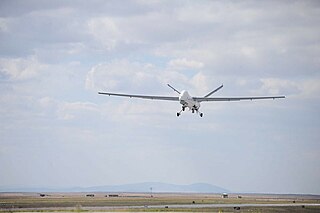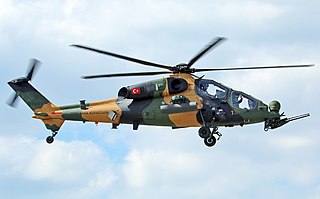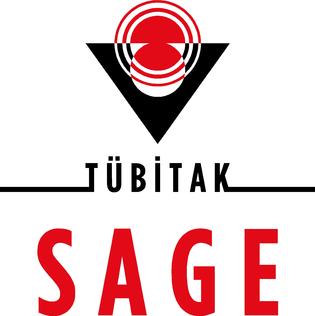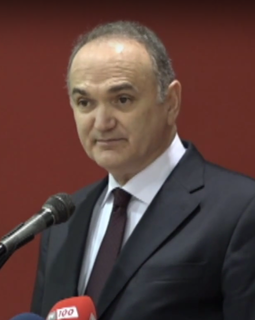The Regional Positioning and Timing System (Turkish : Bölgesel Konumlama ve Zamanlama Sistemi), shortly BKZS, is a space-based project of the Turkish Armed Forces on global positioning and time transfer by satellite navigation system.

Turkish, also referred to as Istanbul Turkish, is the most widely spoken of the Turkic languages, with around ten to fifteen million native speakers in Southeast Europe and sixty to sixty-five million native speakers in Western Asia. Outside Turkey, significant smaller groups of speakers exist in Germany, Bulgaria, North Macedonia, Northern Cyprus, Greece, the Caucasus, and other parts of Europe and Central Asia. Cyprus has requested that the European Union add Turkish as an official language, even though Turkey is not a member state.

The Turkish Armed Forces are the military forces of the Republic of Turkey. They consist of the Army, the Navy and the Air Force. The Gendarmerie and the Coast Guard, both of which have law enforcement and military functions, operate as components of the internal security forces in peacetime, and are subordinate to the Ministry of Interior. In wartime, they are subordinate to the Army and Navy. The President of Turkey is the military's overall head.
Time transfer is a scheme where multiple sites share a precise reference time. Time transfer solves problems such as astronomical observatories correlating observed flashes or other phenomena with each other, as well as cell phone towers coordinating handoffs as a phone moves from one cell to another.
The aim of the project is to provide positioning and timing information, which Turkish Armed Forces need during peace, crisis and military operations, independently from the existing foreign systems, which can be disabled in times of conflict. [1] The project is developed by the Defence Technologies and Engineering Inc. (Savunma Teknolojileri ve Mühendislik A.Ş.) (STM), a subsidiary of the Undersecretariat for Defence Industries. Currently, the project is in the first phase, comprising evaluation of the feasibility study. [2] [3] It is planned to launch five military reconnaissance and Earth observation satellites over the next few years. [4]
A military operation is the coordinated military actions of a state, or a non-state actor, in response to a developing situation. These actions are designed as a military plan to resolve the situation in the state or actor's favor. Operations may be of a combat or non-combat nature and may be referred to by a code name for the purpose of national security. Military operations are often known for their more generally accepted common usage names than their actual operational objectives.

A reconnaissance satellite or intelligence satellite is an Earth observation satellite or communications satellite deployed for military or intelligence applications.

An Earth observation satellite or Earth remote sensing satellite is satellite specifically designed for Earth observation from orbit, similar to spy satellites but intended for non-military uses such as environmental monitoring, meteorology, map making etc. The first occurrence of satellite remote sensing can be dated to the launch of the first artificial satellite, Sputnik 1, by the Soviet Union on October 4, 1957. Sputnik 1 sent back radio signals, which scientists used to study the ionosphere. NASA launched the first American satellite, Explorer 1, in January 31, 1958. The information sent back from its radiation detector led to the discovery of the Earth's Van Allen radiation belts. The TIROS-1 spacecraft, launched on April 1, 1960 as part of NASA's TIROS Program, sent back the first television footage of weather patterns to be taken from space. As of 2008, more than 150 Earth observation satellites were in orbit, recording data with both passive and active sensors and acquiring more than 10 terabits of data daily.










